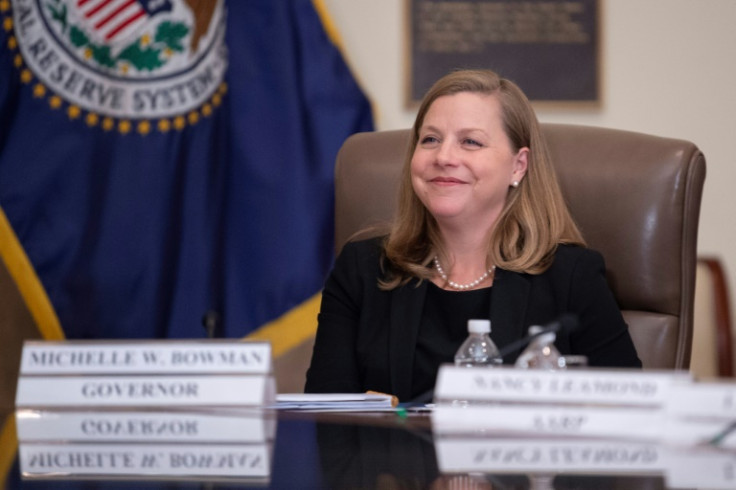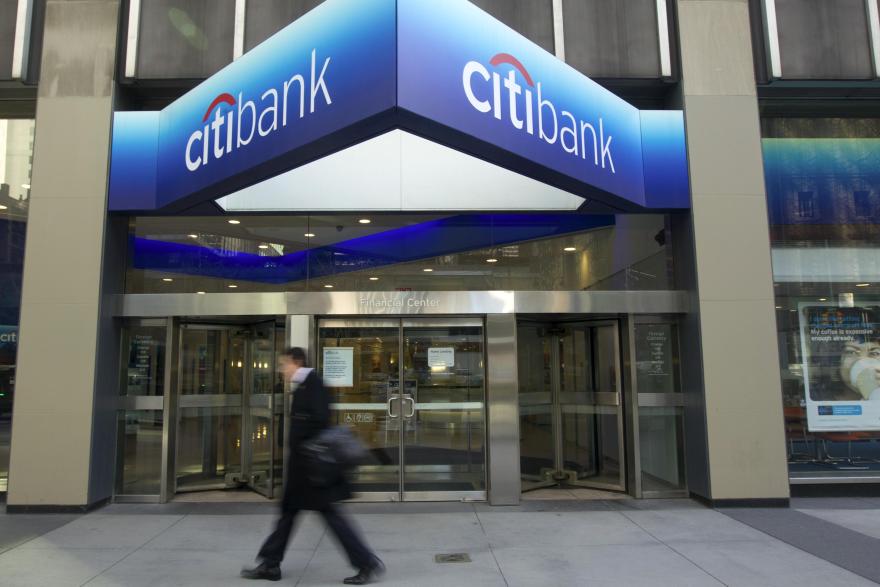Two Federal Reserve officials said Thursday that there has been “progress” on slowing price increases, but more data will be needed to assess the next steps in monetary policy.
“We’ve come a long way quickly, but the job isn’t done. Inflation remains too high, and the Fed has to walk a fine line,” Richmond Fed President Tom Barkin said in prepared remarks for an MNI webcast. “I do anticipate some sort of a slowdown, as I just have to believe the net impact of all this tightening will eventually hit the economy harder than it has.”
Reuters
The personal consumption expenditure index, the Fed’s preferred inflation measure, rose 3.4% in the 12 months through September. In July of last year, the index showed an inflation of 7.1%. The Fed targets an annual rate of 2%.
“Whether a slowdown that settles inflation requires more from us remains to be seen, which is why I supported our decision to hold rates at our last meeting,” Barkin said.
On Nov. 1, the Fed decided to keep the U.S. key interest rate unchanged in the range of 5.25% to 5.5%, the highest level in 22 years. The bank has increased the rate 11 times since early last year.
Bostic, Bowman
Atlanta Fed President Raphael Bostic, who participated in the same event with Barkin, said he considers the current Fed policy sufficiently restrictive, according to Bloomberg.
Bostic said in a fireside chat that he expects inflation to go back to 2%.

AFP
Fed Governor Michelle Bowman had a more hawkish speech, saying that she will support more interest-rate increases if inflation data don’t confirm a slowdown in price increases.
Bowman said in a speech to New York Bankers Association’s Financial Services Forum, in Palm Beach, Florida, that she’s a risk that higher energy prices could reverse some of the progress on inflation.
“Currently, the federal funds rate appears to be restrictive, and financial conditions have tightened since September,” according to remarks posted on the Fed’s website. “I remain willing to support raising the federal funds rate at a future meeting should the incoming data indicate that progress on inflation has stalled or is insufficient to bring inflation down to 2% in a timely way.”
The next Fed meeting to decide on interest rates is scheduled for Dec. 12 and 13.






